Digital Water Meters
Introduction

- Other than electricity, water submetering is also very common, but water submeters are also essential when it comes to resource management.
- A digital water meter is designed with the electronics built into the unit with an LCD as its display unit, it is also equipped with digital output interface; because the digital output is consistent with the LCD display, this type of water meter is also known as direct reading water meter.
Digital Water Meters

These digital water meters has digital output interface, they are available in various sizes from one-half inch up to eight inches and there are both cold and hot water versions.
Unique Features
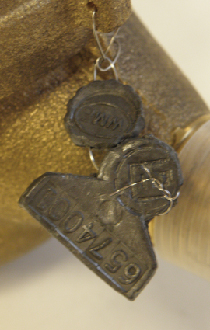
Designed with a slot for a lead seal, and arrow indicating the flow direction.
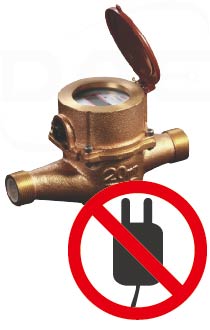
The battery is built in and no external power source is needed; as such they can continuously register the consumption even when the power is interrupted ensuring that nothing is missed.
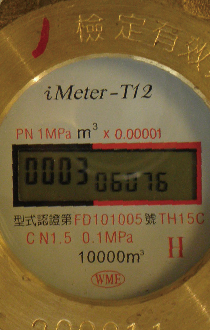
Digital water meters have higher resolution than pulse-output water meters.
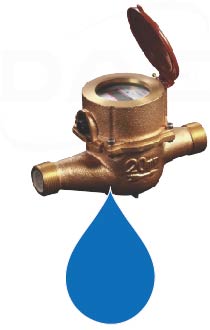
Leakage detection is a very important feature and can be detected when the water flows continuously and uninterrupted for the entire day.
Communication Converter
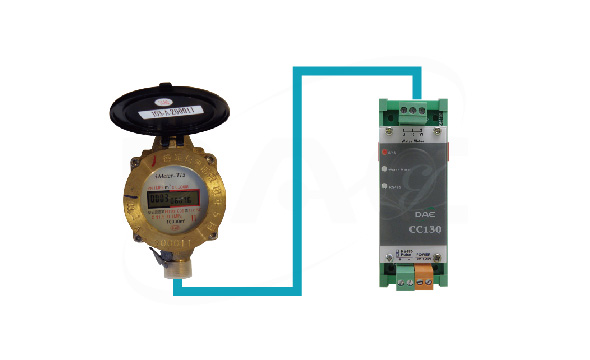
- Ensures that the reading on the meter register and AMR unit are always in sync, eliminating the need for the occasional manual syncing adjustment.
- Multiple functions - forward/reverse flow, flow rate, days leaking, etc.
AMR-D can connect up to 8 water meters.
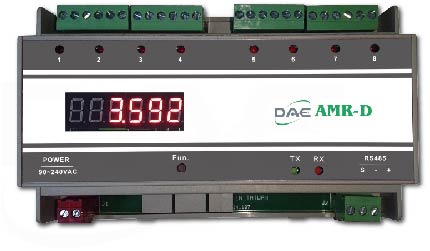
CC130 can connect to one water meter
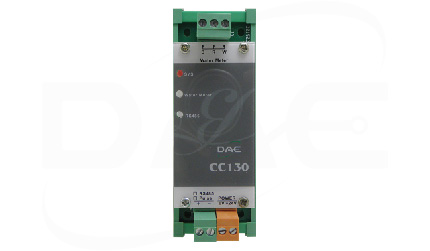
Comparison

- By virtue of their mechanism, mechanical water meters are unable to have digital outputs, at best they can output a pulse through a reed switch mechanism.
- With a mechanical water meter, when the water flows in reverse, the register will also reverse, but the pulse output will continue to outputted, this will result in the water meter erroneously decreasing.
- A remote auto meter reading system works with mechanical water meters by accumulating pulses, unlike that with digital water meters which are read directly. Hence, digital water meters will always be in sync, but with mechanical water meters the computed value by the remote auto meter reading system constantly needs to be resynced.

 DWM Digital Water Datasheet
DWM Digital Water Datasheet